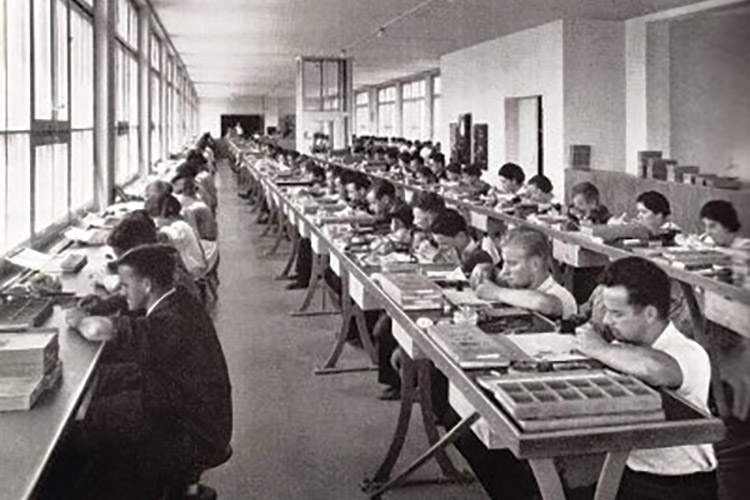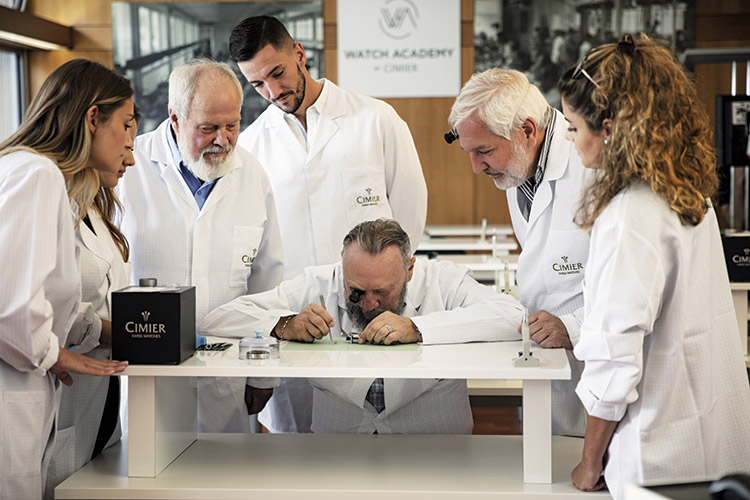
An independent watchmaker, Cimier is perpetuating the art, tradition and fundamental values of Swiss watchmaking. Since its inception in 1924, the company has evolved from democratising robust timekeeping to offering authentic, quality, Swiss-made timepieces at affordable prices. We take a look at the brand and its evolution…
Joseph Lapanouse had one thing in mind when he set up his atelier in the tranquil Swiss village of Hölstein in 1924 – to offer the public flawlessly crafted timepieces at affordable prices. Indeed, the master craftsman was so adept at assembling inexpensive pin-pallet escapement watches that within no time, his egalitarian creations, which he based on Georges Frédéric Roskopf’s original design, had sold in the millions and become Switzerland’s most popular movement.
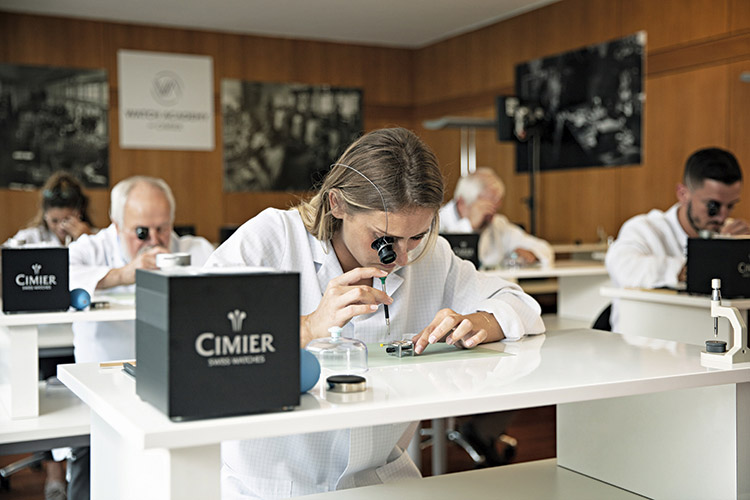
Now, close to a century later, Cimier, the brand Lapanouse established, continues to be guided by the philosophy of its founder. However, not only has the company taken its originator’s passion for superior albeit affordable watchmaking further, it has also, over the past two decades, reaffirmed its status as a trusted watchmaker.
Cimier, of course, had been a celebrated name for generations. In fact, the launch of its legendary Chronograph watch in the 1960s, which went on to sell in excess of 21 million pieces, saw the brand being recognised as a watchmaker par excellence. Regrettably, however, the quartz crisis a decade later coupled with internal organisational discord took much of the shine off the company’s earlier accomplishments.
Still, the new millennium has marked a period of rebirth. And Alexandra Lanz, Cimier’s chief executive, notes that the brand’s acquisition in 2006 by the QI Group has been particularly important to its renaissance.
“Being a well-known multinational company, the QI Group has allowed Cimier to reach people from around the world. Indeed, the company’s robust network of entrepreneurs has created a tight-knit community of ambassadors for the Cimier brand and its products.
“Cimier’s status as the producer of QNETCity watches would also never have been possible without the QI Group.” Aesthetically modern and bold statements of class that also cast an eye at the past, the limited edition QNETCity timepieces Cimier has produced in collaboration with English Premier League champions Manchester City FC have won plaudits for typifying the Swiss brand’s revival.
The Timesquare Chronograph, which draws inspiration from its iconic 1960s forebear, as well as the sophisticated Retrograde Automatic have been applauded for their refined elegance and stunning celebration of symmetry.
Lanz explains that finding the right balance between creativity, customer preference, technical aspects as well as staying true to the company’s values and outlook has been one of Cimier’s biggest challenges. However, under the direction of celebrated designer Rodolphe Cattin, whose résumé reads like a who’s who of luxury watchmaking, the brand has managed to successfully put out breath-taking creations year upon year.

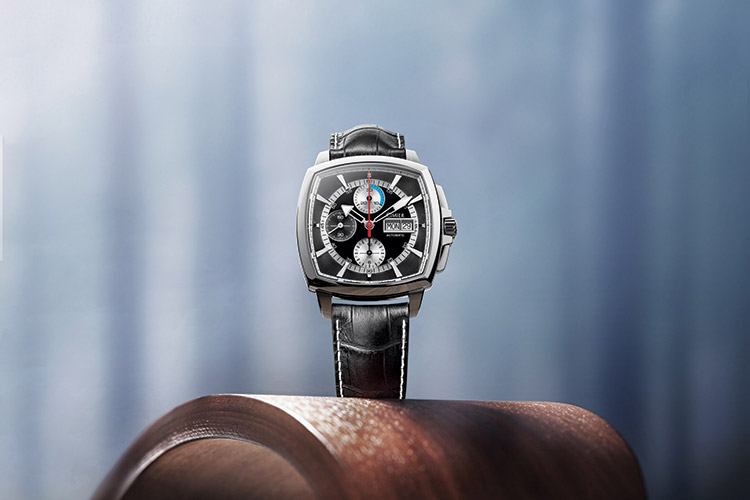
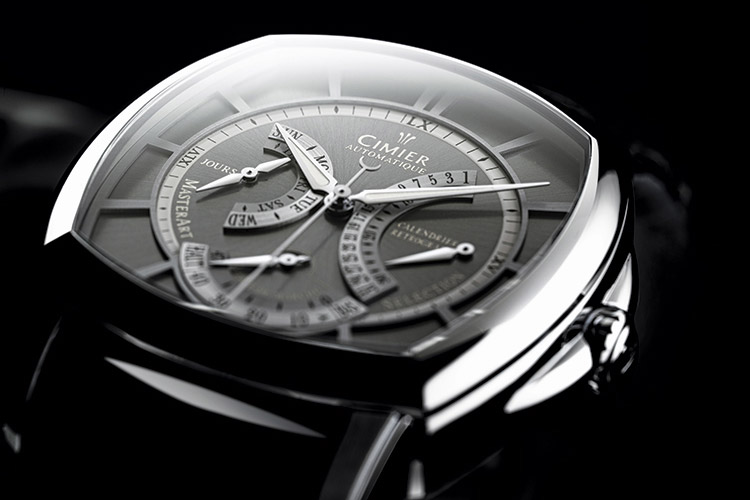
Chief among these is the Royal Skeleton, a magnificent timepiece with open-worked movement, and one of the more popular watches participants at Cimier’s Watch Academy can learn to assemble.
A sui generis concept that takes Joseph Lapanouse’s original objective of democratising Swiss horology further than the master could have ever envisioned, the Watch Academy is, undoubtedly, Cimier’s crowning achievement. And since 2010, hundreds of watch aficionados have been granted a peek behind the proverbial veil.
“The Watch Academy allows participants to customise and assemble their very own Cimier watch. It is a unique opportunity to step into the shoes of a watchmaker for a day and learn about the art of Swiss mechanical watchmaking,” Lanz explains.
Pointing out that Cimier was the first Swiss brand to offer such an experience, its CEO remarks further that technical competency and know-how are not a prerequisite for participation in the academy’s programmes. All of the classes, which combine theoretical and practical lessons, have been designed with the sole purpose of preserving and promoting watchmaking for a new generation of watch enthusiasts.
“Anyone can participate in our workshops. We purposely use movements, such as the ETA Unitas 6497-1, that can be assembled by novices, with the help of our master watchmakers, of course. Our instructors have decades of experience in watchmaking and are great, fun teachers.”
Baron Dr Nicholas Verwilghen, a member of the Board of Directors of Cimier is, however, philosophical when discussing the centuries-old tradition of Swiss watchmaking and the classic wristwatch’s place in a world that is increasingly seen it cast aside as a timekeeping device.
“There will always be a place for mechanical wristwatches, if not for its utilitarian value, then for what it represents,” he says. “In a new world where obsolescence seems to be planned in most products, Swiss mechanical timekeeping symbolises eternity.
“Nevertheless, what we could also see in the coming years is a complete shift towards sustainability and life style experience. Consequently, Cimier and its Watch Academy are now tooled in taking part in that shift while perpetuating the art of Swiss mechanical watchmaking and sharing our passion for it.”
More immediately, Lanz says, the brand is looking forward to celebrating 100 years of distinction with a collection of timepieces that will capture Cimier’s essence and history; from whence it came, where it is, and where it aspires to go.
